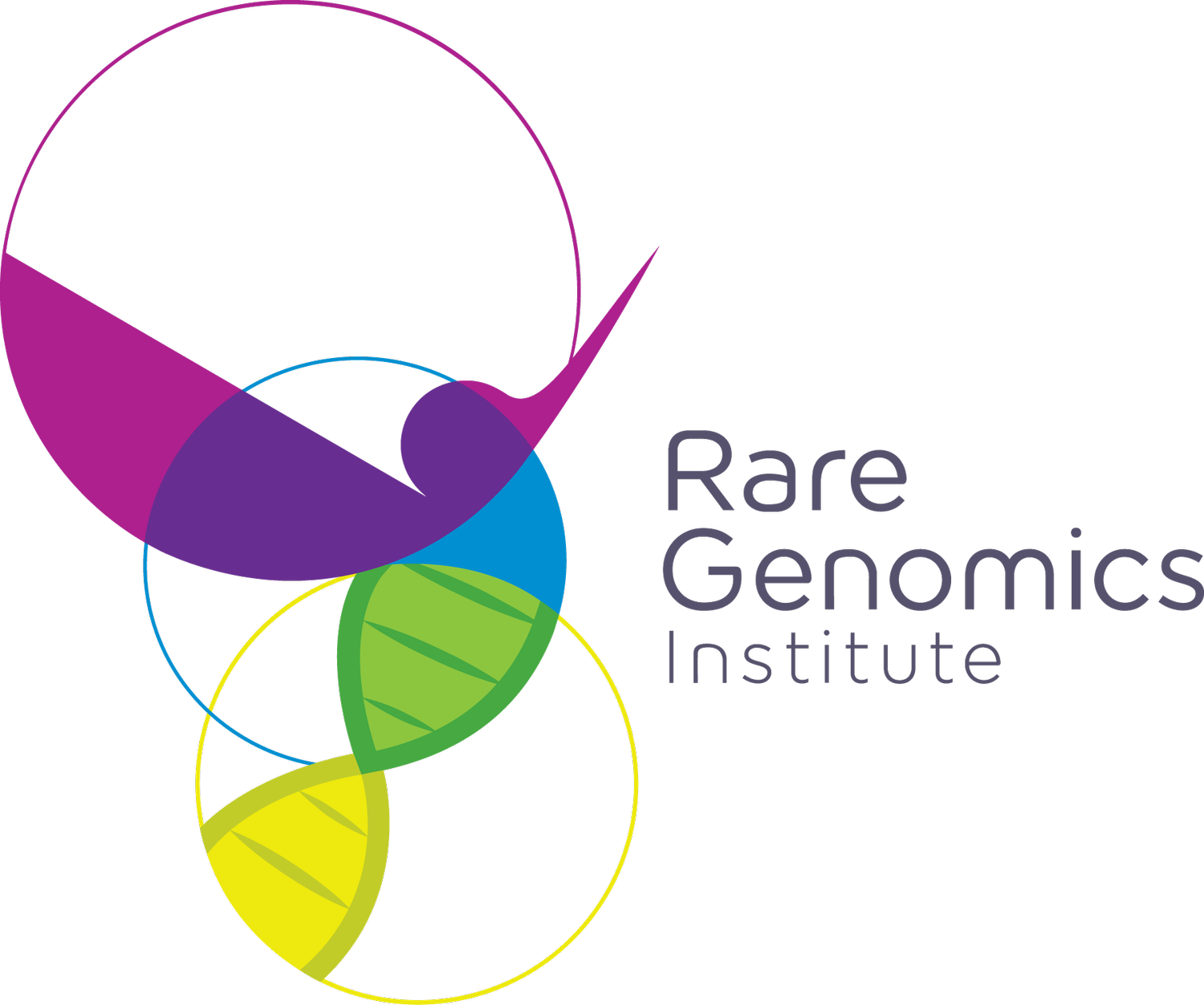Encephalocele
What is Encephalocele?
Encephaloceles are rare skull defects identifiable at birth. They are characterized by a partial lack of bone fusion in the skull, which leaves a gap through which a portion of the brain protrudes. More information about encephaloceles may be found on the NIH’s website: https://rarediseases.info.nih.gov/diseases/6333/encephalocele
What is the prevalence of Encephalocele?
Encephalocele has an estimated prevalence of 0.8–5.0 per 10,000 live births.
How is Encephalocele diagnosed?
Encephaloceles are usually dramatic deformities diagnosed immediately after birth. However, a small encephalocele in the nasal or forehead region of the skull may be undetected at birth.
Is there any specific gene/pathway in Encephalocele that has been identified?
Encephalocele often occurs in families with a history of spina bifida or anencephaly.
How is Encephalocele treated?
The location of the encephaloceles is very important since there are distinct clinical implications for treatment and prognosis More information on treatment may be found here: https://rarediseases.org/rare-diseases/encephalocele/
Are there any clinical trials underway for Encephalocele?
More information on current/future studies and patient recruitment can be found here: clinicaltrials.gov
How can RareShare be helpful to Encephalocele patients and families?
The encephalocele community has 4 members. There is currently 1 active discussion underway. New discussions can help to connect patients, health workers, caregivers and families interested in encephalocele and provide them continual access to community resources.
